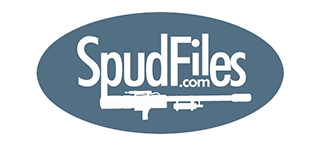CD quality audio is recorded at 44.1 KHz so it is unlikely that your sound card samples at 96 KHz. But, like you said, it doesn't really matter, 44.1 KHz, 22 KHz, 10 KHz, are all fast enough.
You wouldn't have access to a good recorder would you? A digital recorder in particular is more than accurate enough (in the time domain) so that you could do the stereo recordings then transfer to the PC later.
Looking at your drawing... I really think that is more complex than needed. And, it requires a custom round.
How about
1. Bending the probe wires flat with the barrel.
2. Use a Schottky pair (two transistors in series) as an amplifier.
3. A standard spud.
Kind of like this;

Spuds conduct electricity, not very well but they do conduct. A basic Schottky pair amplifier has a gain of about 10,000 and very high input impedence which should be enough to get a detectable signal as the spud slides over (and shorts) the contacts.
Below is what I was thinking about with the photodiodes or phototransistors;

Note that the detectors do not penetrate all the way into the barrel's bore.
You are probably right about the diffuse affects of the PVC. But, I would think that the center of the peak would correspond very well with the center of the spud being aligned with the particular detector.




